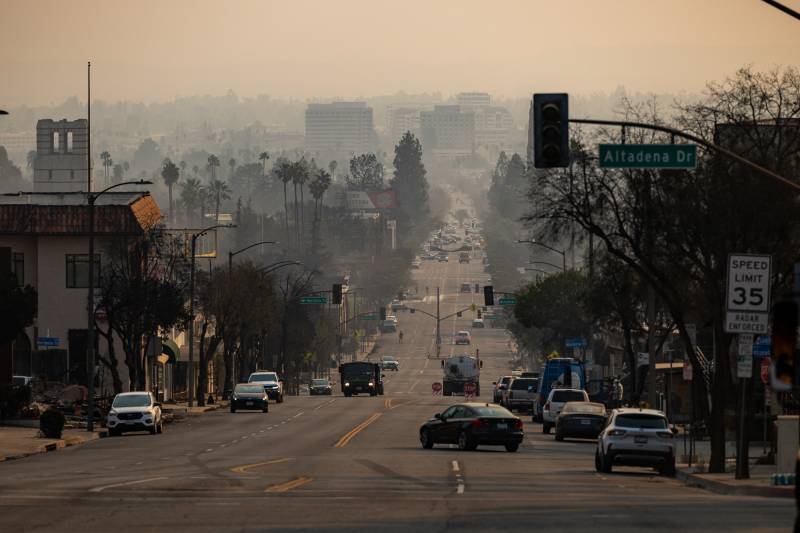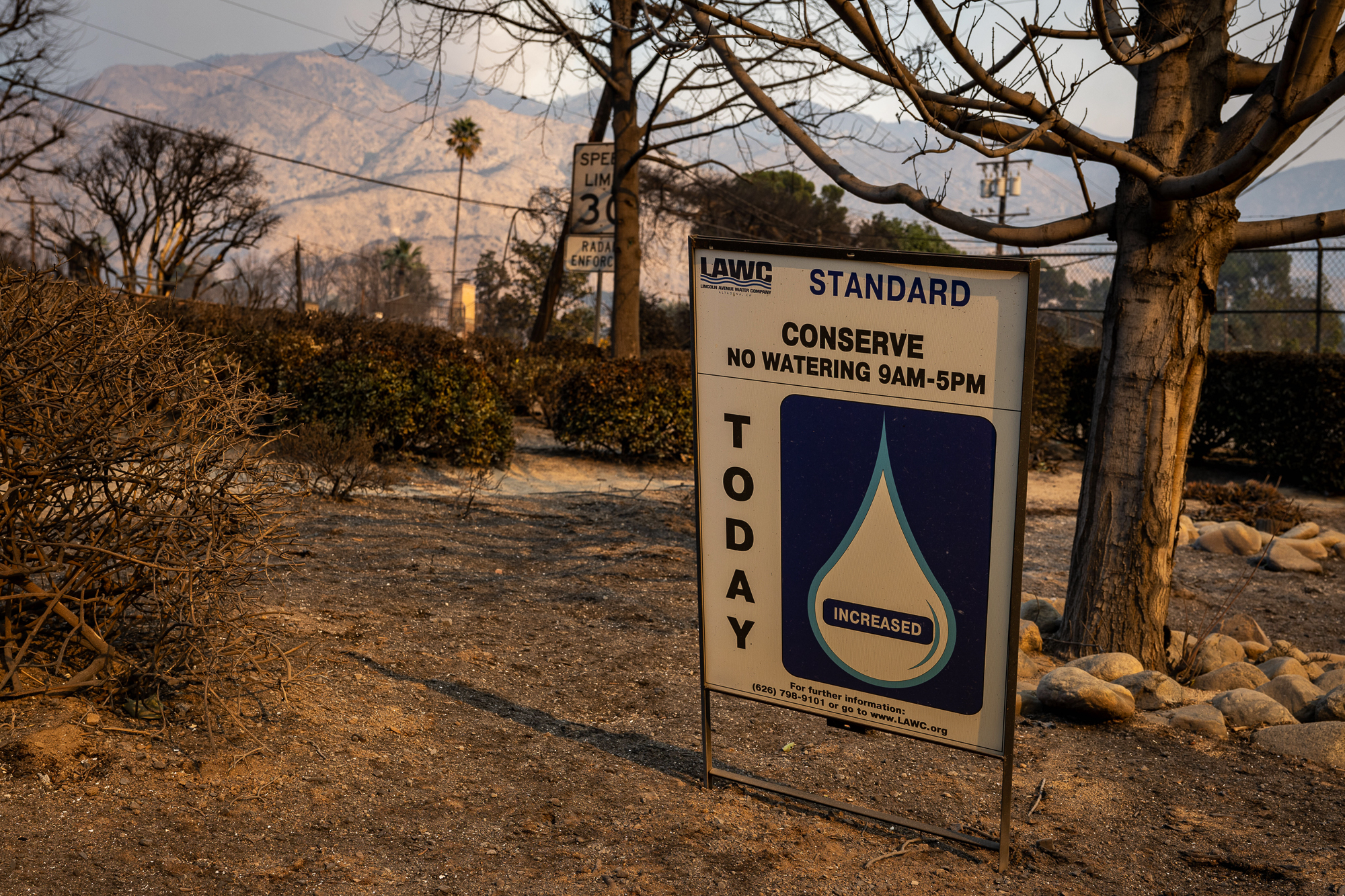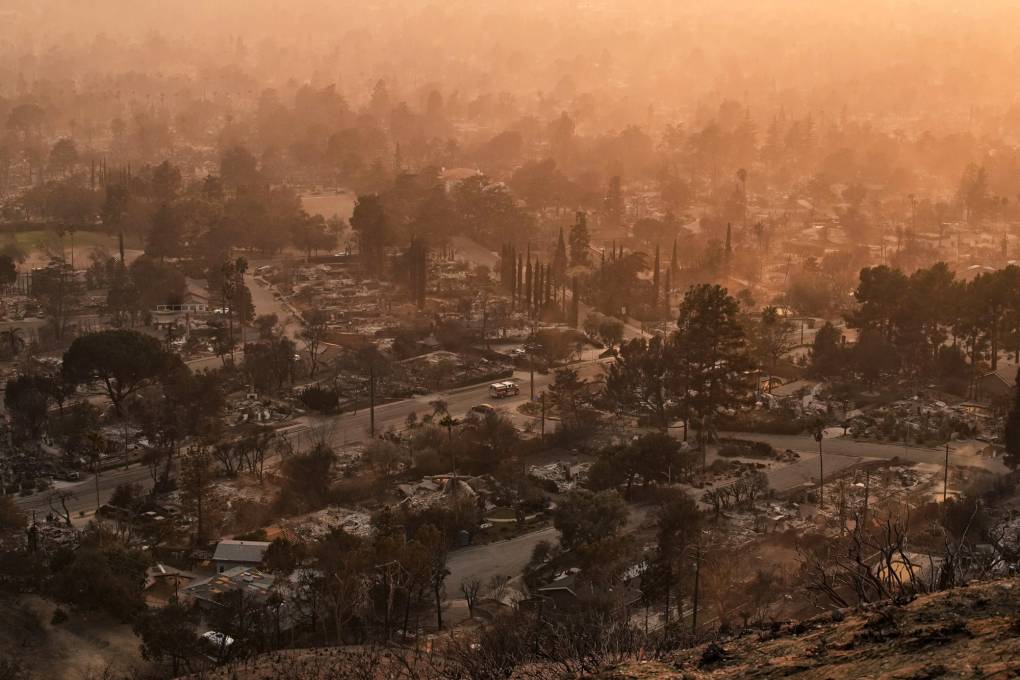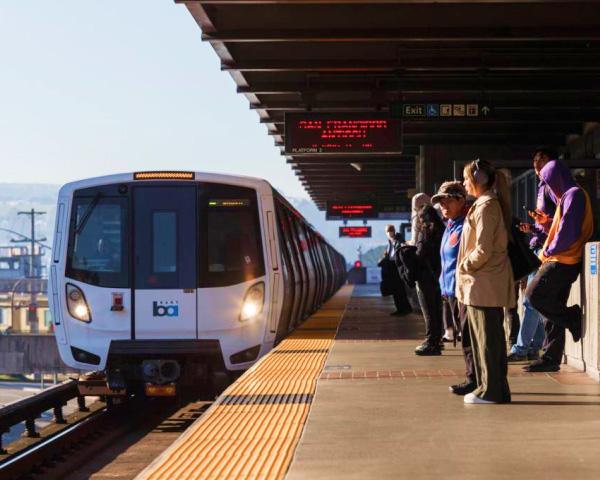While the conditions fueling Southern California fires are a perfect storm of dry fuels, warm weather and high winds, Gollner said all of those factors are a part of Northern California’s climatology, too, and they “can and will line up someday up here again.”
John Abatzoglou, a climatology professor at UC Merced, said it’s likely more common for those conditions to come together in Southern California than in the northern part of the state, however.
“In the Bay Area, the rainy season typically starts quite a bit earlier than in Southern California. And Southern California then has just that many more opportunities for dry conditions to collide with Santa Ana winds and arid ignitions,” he said. For the Bay Area, “the risk is there, but it’s certainly less.”
Kaitlyn Trudeau, a researcher at the nonprofit Climate Central, said there is no longer a fire season, and people need to adjust accordingly.
“What’s important is that people understand that these risks exist at all times of year,” she said. “There’s not a particular span of months where you don’t need to worry about it.”
Trudeau spoke with KQED just minutes after seeing an image of her grandfather’s charred-out home for the first time. It burned in the Eaton Fire this week, but her grandfather was safe.
“It’s going to become increasingly difficult to prepare for the future by looking at the past,” said Trudeau, “because we really haven’t seen what we’re going to be seeing in the future with increasing carbon pollution.”



